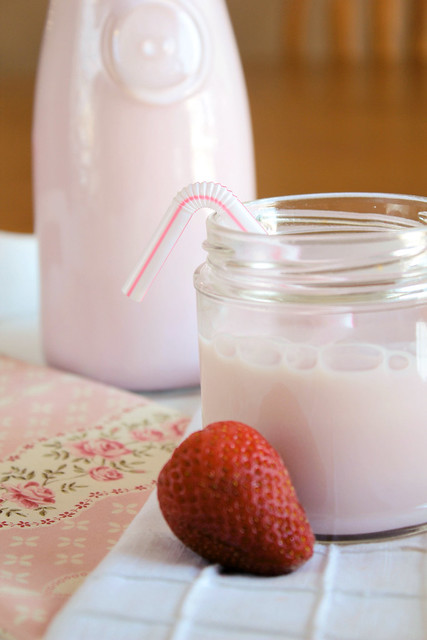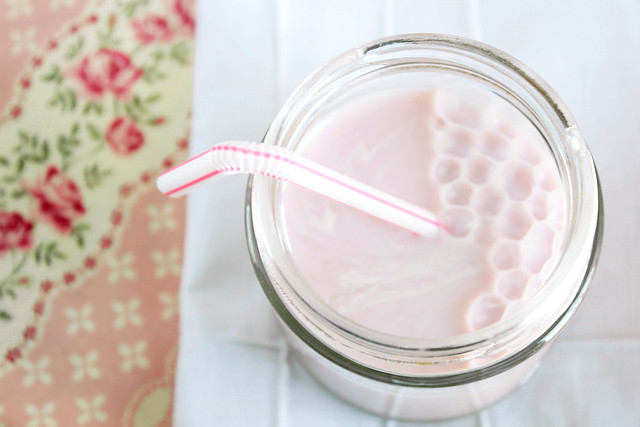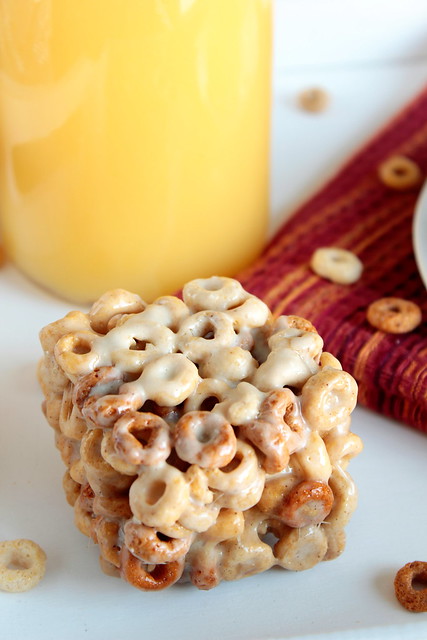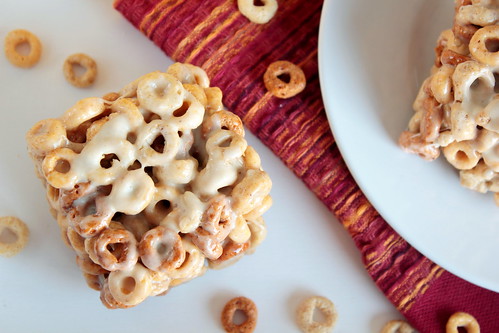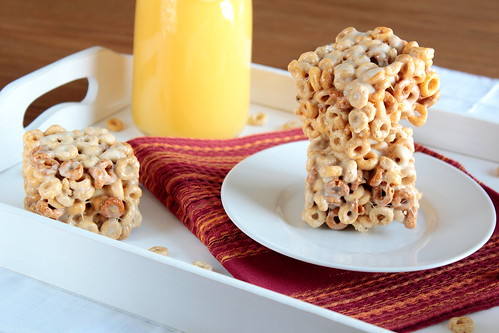Homemade Almond Milk
/It has been four years since I was diagnosed with a dairy intolerance. The diagnosis itself was a great relief (I spent the first 22 years of my life with miserable abdominal health issues due to an unknown cause), but it was also a real slap to the face. My diet was based around dairy, and as I had been working as a professional baker at the time, it was my livelihood. Unlike most people with dairy issues, I could not handle dairy in any amount or in any form. I was devastated.
It took me a long time to adjust to my new, unwanted diet. I went through the stages of grief: denial, when I refused to eat dairy-free foods; anger, when I realized I would have to change my approach to food; bargaining, when I convinced myself dairy would be worth the pain (it never was); depression, when I would stand outside the bakery counter staring at all the food I had given up; and lastly, acceptance. It took me a couple years to fully accept and embrace the dairy-free diet (and even longer to find delicious dairy-free counterparts to my favorite dairy-filled foods).
I am aware there is a certain irony to baking without baking's greatest gifts—butter, cheese, milk, and heavy cream. In fact, I couldn't even steal a lick from the spatula when I spent days preparing cupcakes for my sister's wedding. Even though I write the recipes on Pastry Affair to include dairy ingredients, you can rest assured that the recipes are created dairy-free in my own kitchen.
The first dairy-free alternative I fell in love with was almond milk. The milk is creamy with a subtle almond flavor, which works beautifully in baking and morning cereal. When Wolf Gourmet asked me to test their High Performance Blender, I knew that homemade almond milk would be my first challenge. I haven't made almond milk with my current low-end blender because it has a difficult time breaking down small foods. For example, the greens are in larger pieces than I prefer in this green smoothie, and there is a visible level of grain in this chocolate hazelnut spread that could be eliminated with a high powered blender.
Essentially, almond milk is made by blending almonds with filtered water. The almonds are first soaked overnight to soften. Ideally, to create the creamiest milk, you need to extract as much as possible from the almonds by breaking them down into very fine pieces. When I set the Wolf Gourmet blender to task, the leftover almond pulp was finer than almond meal. I have used other high-end blenders, but I prefer this one because it not only includes presets for the most common blended foods (like smoothies and purées), but it also has a timer that helps you keep track of time elapsed.
While the almond milk can be left unsweetened, I added vanilla extract and maple syrup to give it a subtle flavor and sweetness.
Edit: Giveaway is closed and the winner has been chosen.
Homemade Almond Milk is incredibly easy to make at home and can be customized to your tastes. This version uses vanilla extract to provide a light flavor and maple syrup for a subtle sweetness. If you have a sweeter palate, feel free to add more maple syrup, or even honey, to taste. This almond milk has a similar thickness to 2% milk. For almond milk with a thinner consistency, add more water when blending; likewise, for a thicker almond milk, reduce the amount of water. The almond milk can be used in the same manner as dairy milk—for cooking, baking, and drinking.
One Year Ago: Banana PB Green Smoothie and Cherry Hand Pies
Two Years Ago: Lavender Vanilla Bean Cake and Plum Almond Galette
Three Years Ago: Coconut Sorbet, Cherry Almond Crumble, Nutella Espresso Rolls, & Brownie Cookies
Four Years Ago: Almond Butter Cupcakes, Summer Berry Pavlova, Mango Coconut Popsicles, & French Silk Pie
Five Years Ago: Butterbeer, Butterbeer Cupcakes, Cherry Almond Muffins, & Plum Clafouti
Six Years Ago: Mocha Frappuccino, Berry Lime Panna Cotta, & Grilled Peaches
Homemade Almond Milk
Yields about 6 cups
2 cups (225 grams) whole almonds
8 cups (1.9 L) filtered water, divided
3 tablespoons maple syrup
1-2 teaspoons pure vanilla extract, to taste
Place almonds in a container and cover with 3 cups filtered water. Seal container and allow to soak overnight, for 8 hours up to 2 days.
Strain almonds and rinse with fresh water (the almonds release phytic acid while soaking, which prevents the body from absorbing nutrients; rinsing the almonds removes this acid). Place almonds and remaining 5 cups filtered water in a blender. Add maple syrup and vanilla extract. Blend on high for 2-3 minutes. Using a nut bag, layered cheesecloth, or fine mesh strainer, strain the almond milk to remove the pulp. If using the fine mesh strainer, run the milk through several times to eliminate pulp. The leftover pulp can be used in smoothies, muffins, or breads or it can be dehydrated and used in the same manner as almond flour.
Keep refrigerated. Almond milk stays fresh for 5 to 7 days.
Disclosure: A complimentary High Performance Blender was provided for review by Wolf Gourmet. As always, all thoughts and opinions are my own.






